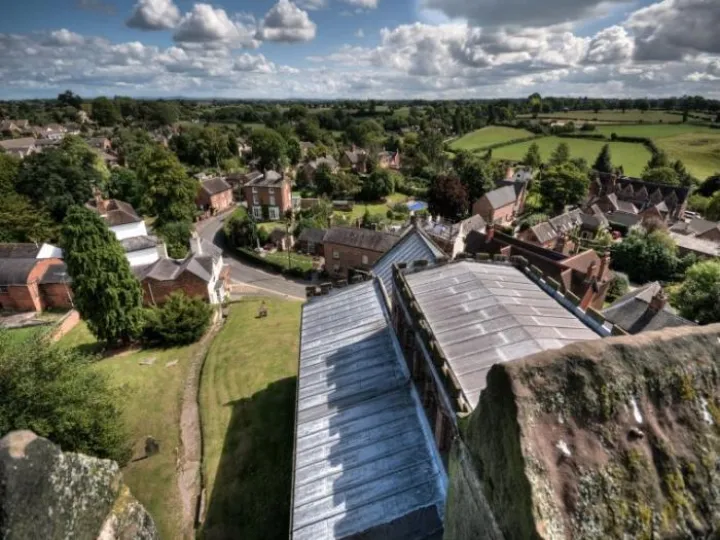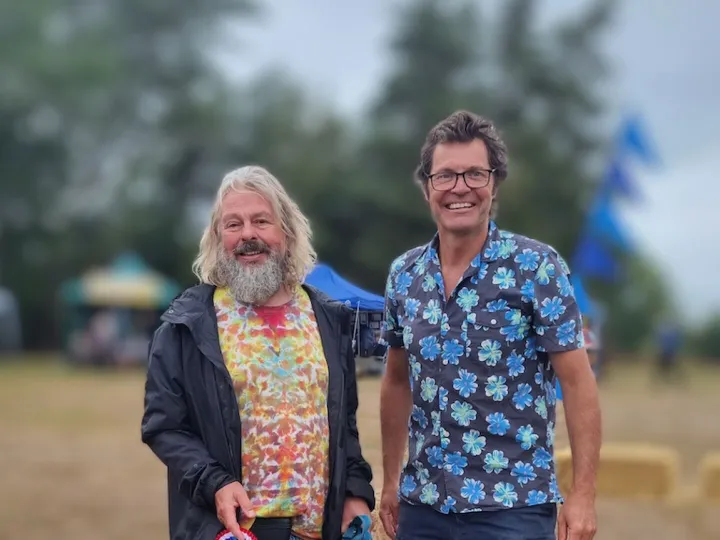Keele University – 'What Happened' talk



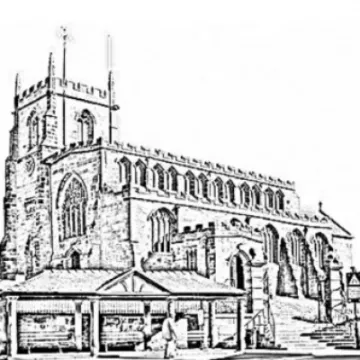
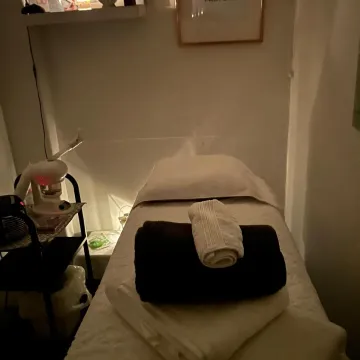

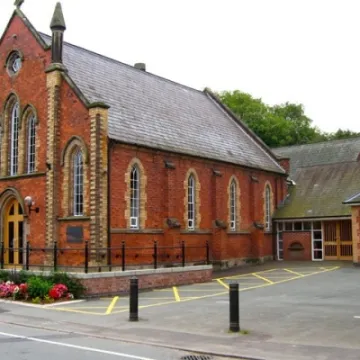
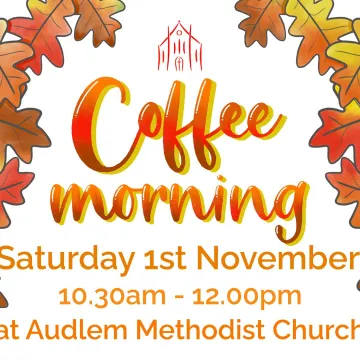
On Thursday evening (16th October) members and guests enjoyed an interesting talk on "Keele University – what happened to its revolutionary ideas?" by Prof. Watson Fuller, formerly Head of Physics Dept at Keele.
Prof. Fuller described the thinking and the philosophy at the time of the establishment of the university in the austere but idealistic days not long after the end of the war.
Three individuals, R.H.Tawny, the Rev.Thomas Howard and Lord Lindsey (Master of Balliol College, Oxford), with their commonly held views on Christian Socialism and their many years experience with WEA (Workers' Educational Association) and Adult Education were the most influential in establishing the broad, liberal philosophy on which the principles of the new university courses were based.
There was a strong emphasis on the fact that courses would not just be vocational. Courses would be balanced and Science students would follow some Arts courses and vice versa. The education would follow broader lines with regular foundation lectures given to the whole annual
intake regardless of their field of study.
To achieve this, degree courses would take four years, not three as in other establishments.
In those early years staff and students (which numbered 157 in 1950) all lived on campus and a strong feeling of its being 'a community of scholars' was established. Though the buildings that
housed them both for residential and tutorial purposes were ex-wartime wooden huts and Nissan huts, this community spirit was very much part of the university and many early graduates looked back with fond memories of life in "the huts".
Prof. Fuller then traced for us the pressures that Keele faced in the changing eras of the 1960's, 70's and 80's. The Robins Report of 1963 on Higher Education with its emphasis on more vocational training and larger numbers brought about pressures, which Keele had to respond
to.
So, at a time when new and old universities were expanding to student populations of 8 or 10,000, Keele with its strictures on space and its belief in general course for the whole new intake was limited to a maximum of 2,000 students.
To survive, a compromise had to be made. There was much discussion and debate as the university passed through periods of pressure and change. In the 1970's there came a strong change in student attitudes and more agitation for more student representation.
When Keele was established, the general idea was that the product of the universities would
influence society as a whole. But over the years, it has transpired that, today, it is society that dictates the attitude of the university.
Now, with its 10,000 students, obviously no longer all living on campus, Keele is no longer the same 'community of scholars' that was once envisaged in 1950 when there were just 157, but still
it has tried to maintain some of the philosophical attitudes of its 'founding fathers'.
It was a most interesting and enlightening talk which reflected not only on changes in Keele university over the last half century, but also on how society's social, economic and political attitudes have changed in that time.
This article is from our news archive. As a result pictures or videos originally associated with it may have been removed and some of the content may no longer be accurate or relevant.
Get In Touch
AudlemOnline is powered by our active community.
Please send us your news and views using the button below:
Email: editor@audlem.org

